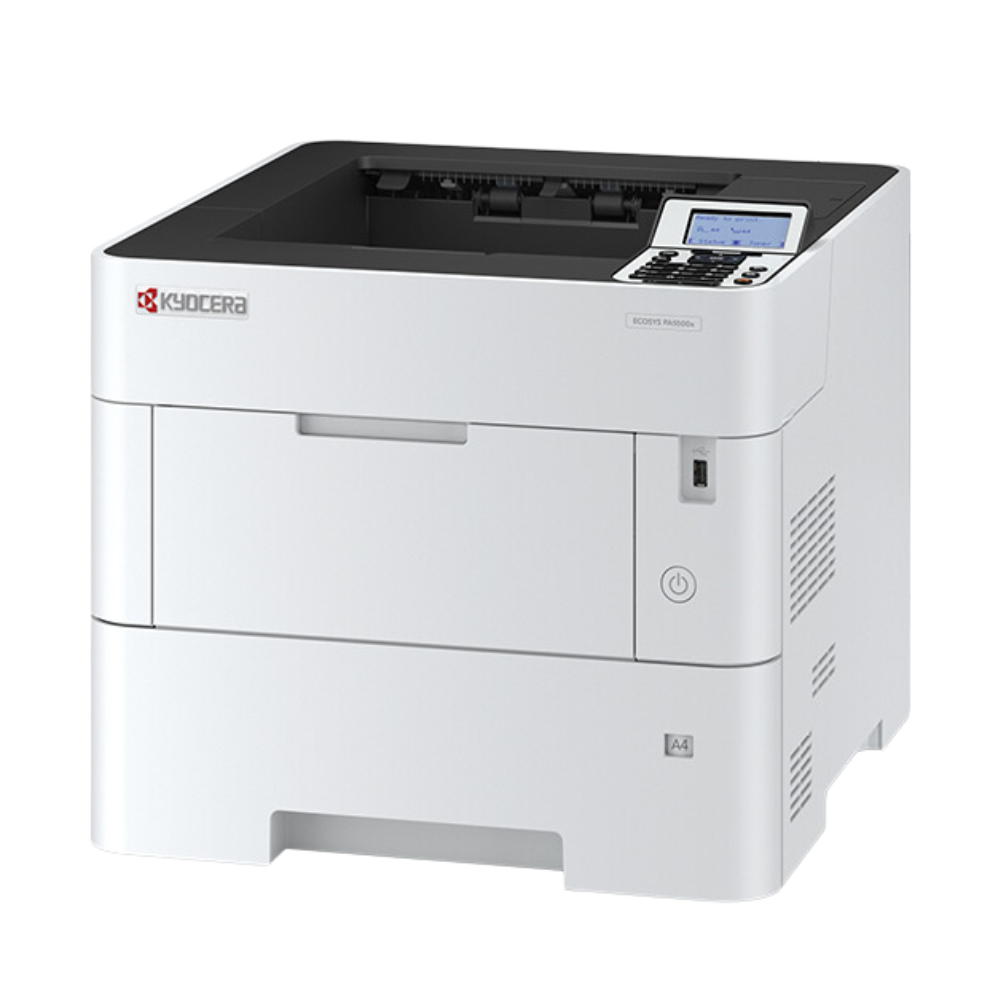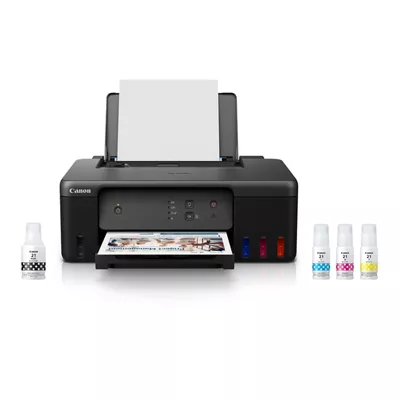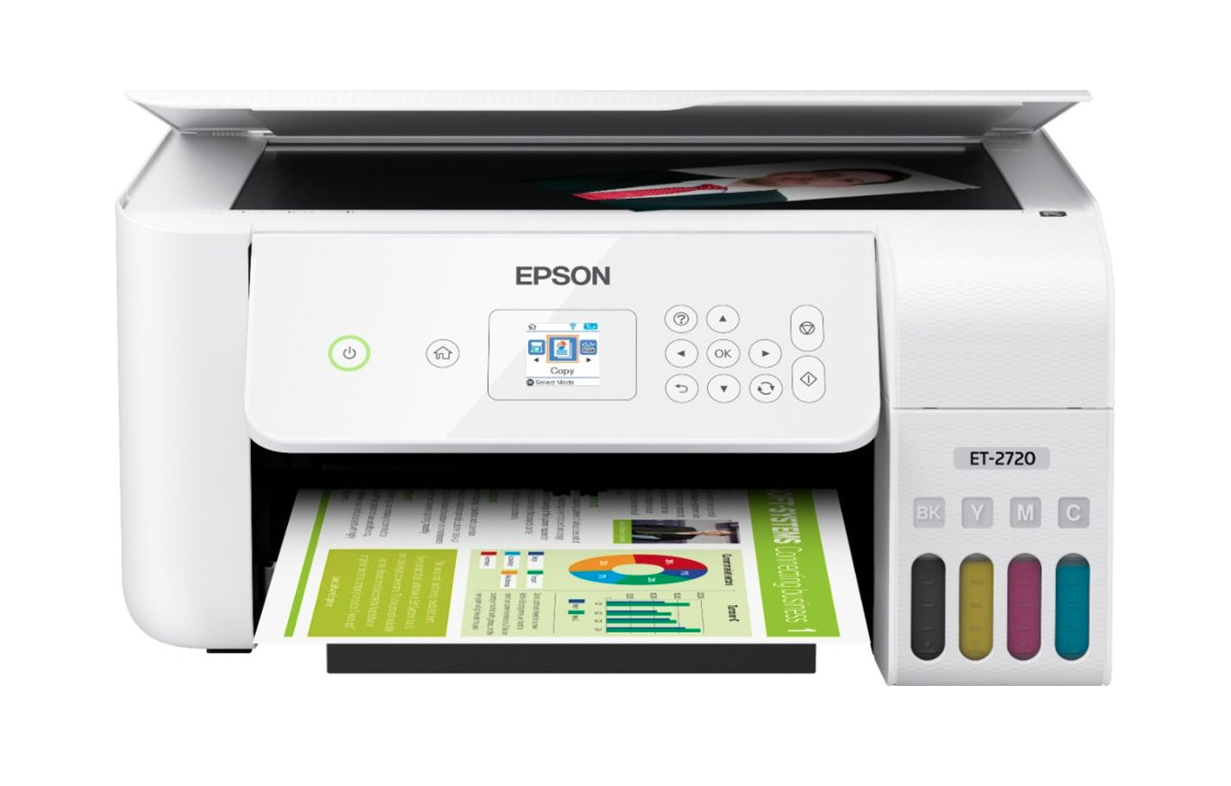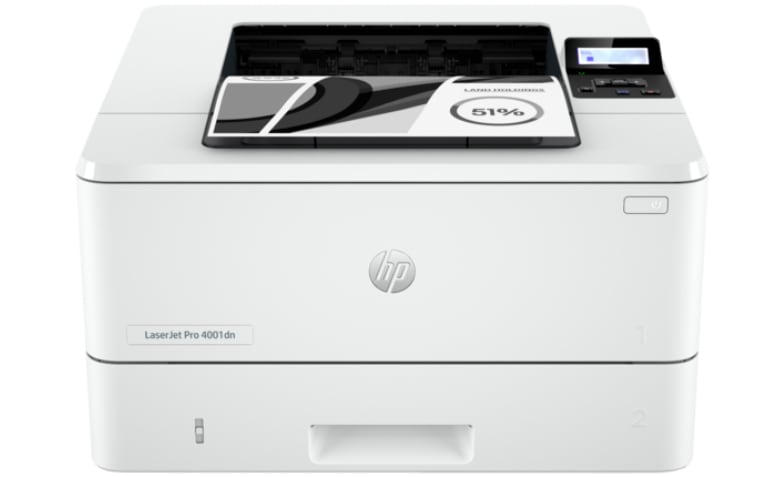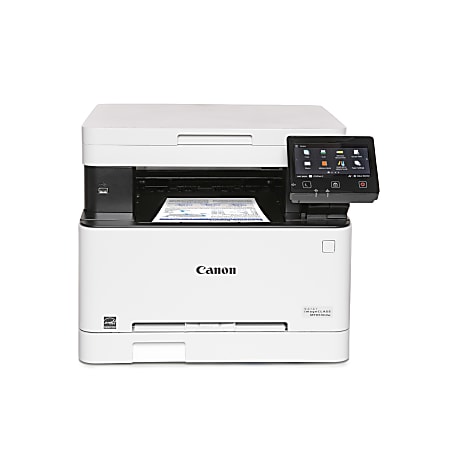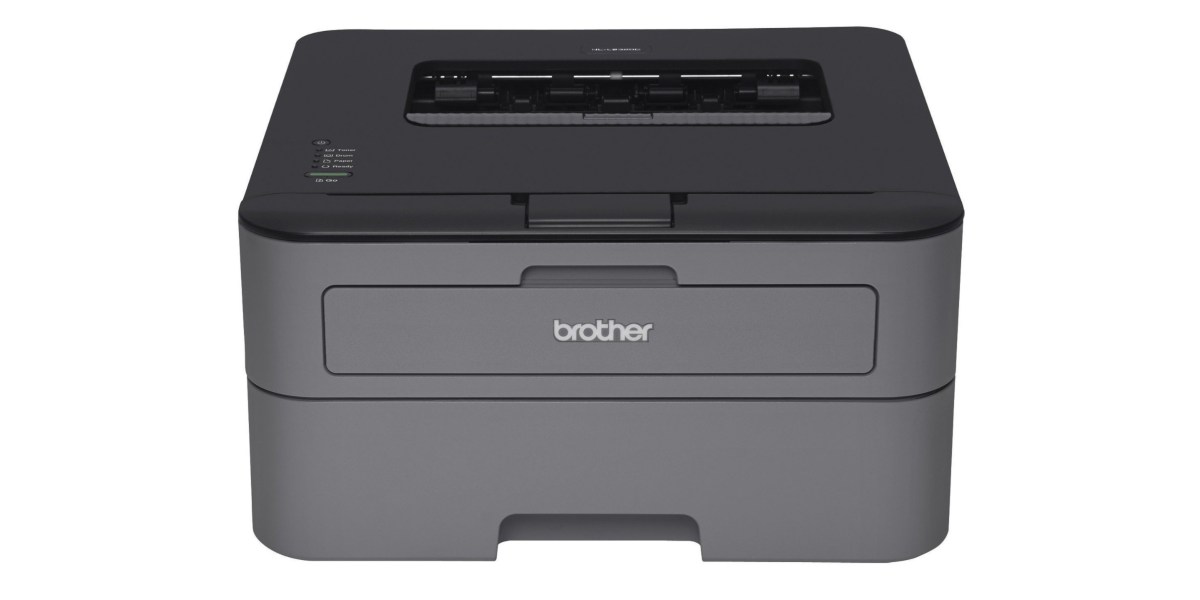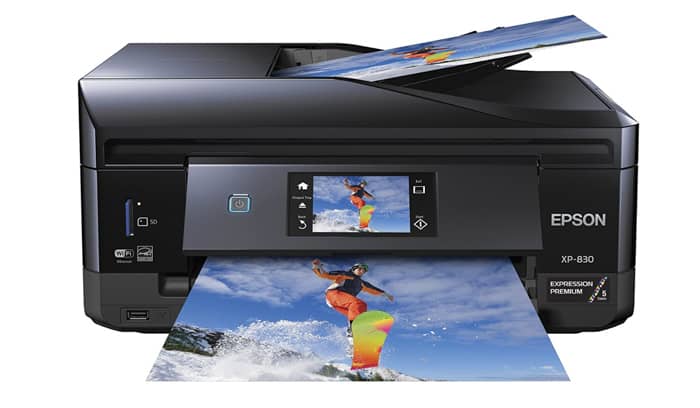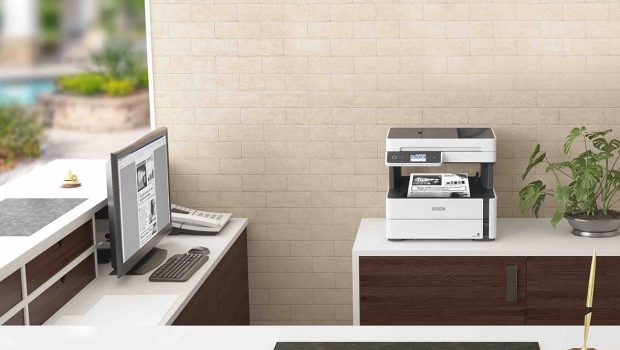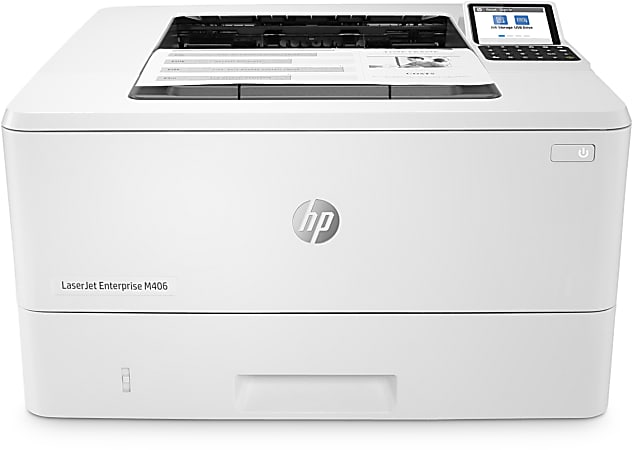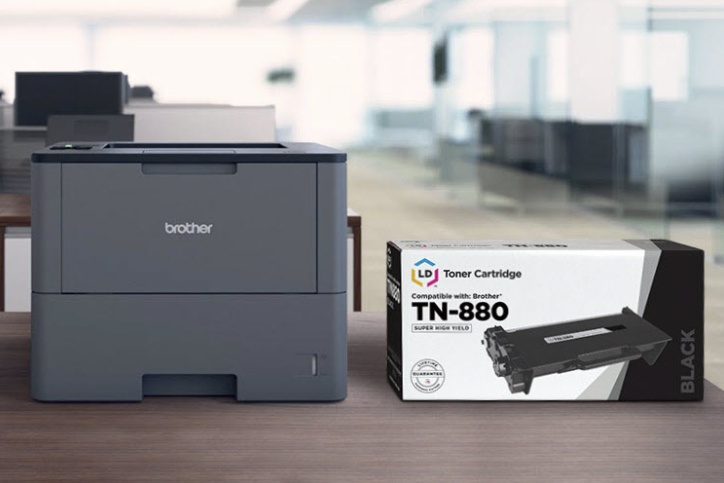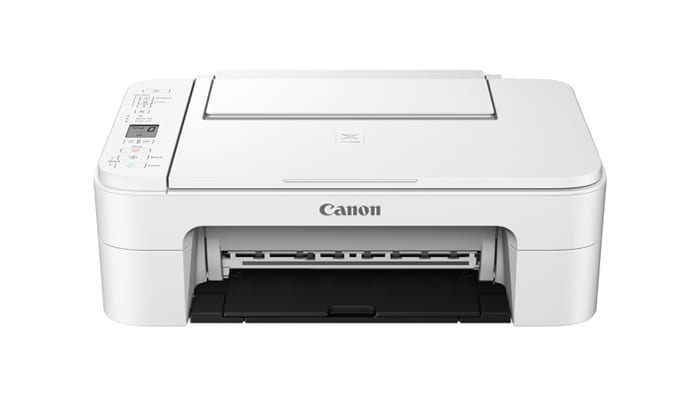
The Best Printer & Shredder Black Friday 2019 Deals: HP, Canon Laser, 3D, Color & Wireless Printer Sales Listed by Deal Tomato | Business Wire
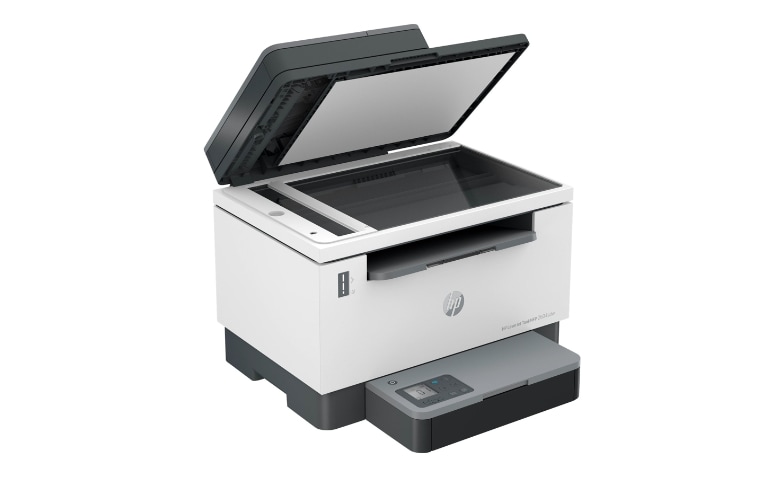
HP LaserJet Tank MFP 2604sdw - multifunction printer - B/W - 381V1A#BGJ - All-in-One Printers - CDW.com

Amazon.com: Brother MFCL3750CDW MFC-L3750CDW Digital Color All-in-One Printer, Laser Printer Quality, Wireless Printing, Duplex Printing, Amazon Dash Replenishment Enabled, White : Office Products

Amazon.com: HP Color LaserJet Pro Multifunction M479fdw Wireless Laser Printer with One-Year, Next-Business Day, Onsite Warranty (W1A80A), White : Office Products
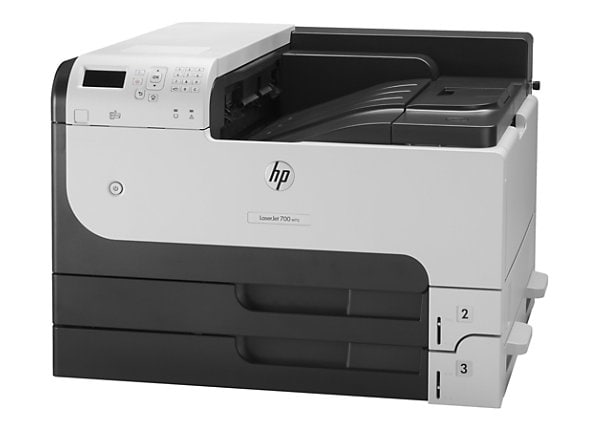
HP LaserJet Enterprise 700 Printer M712n - printer - B/W - laser - CF235A#BGJ - Laser Printers - CDW.com
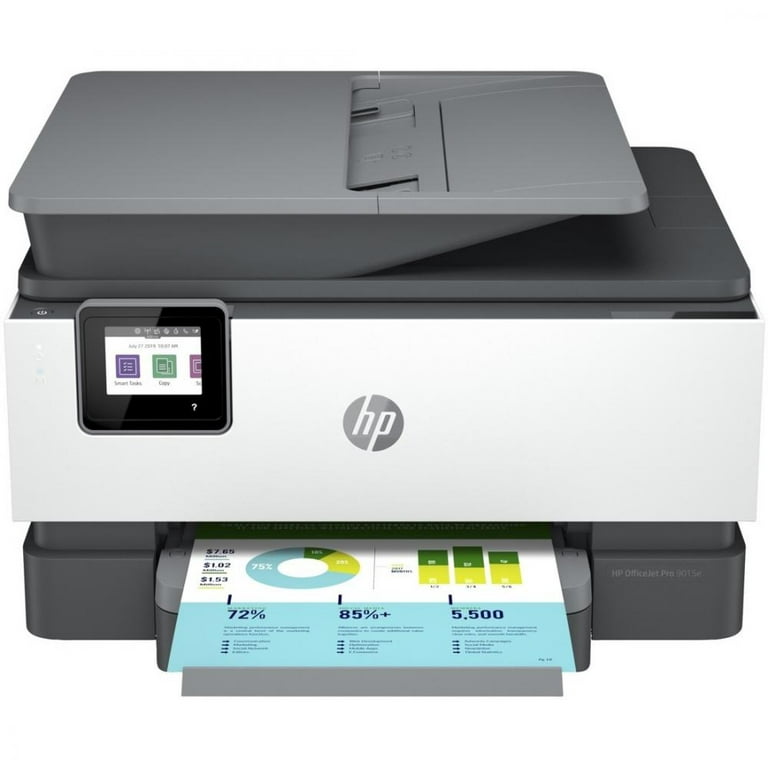
HP Officejet Pro 9015e Inkjet Multifunction Printer-Color-Copier/Fax/Scanner-32 ppm Mono/32 ppm Color Print-4800x1200 dpi Print-Automatic Duplex Print-25000 Pages-250 sheets Input-Color Flatbed Sca... - Walmart.com

Amazon.com: Canon Color imageCLASS MF634Cdw (1475C005) All-in-One, Wireless, Duplex Laser Printer, 19 Pages Per Minute (Comes with 3 Year Limited Warranty), Works with Alexa : Office Products

